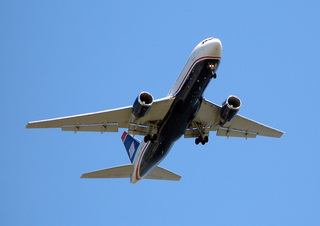Satellite service makes air travel even safer

EGNOS-for-aviation, a satellite navigation service launched on 2 March 2011, will increase flight safety, reduce delays and open up new destinations.GPS alone is accurate to within several metres. But used with EGNOS, the EU's free satellite navigation service over Europe, GPS becomes accurate to within one metre.
Since it was made publicly available in October 2009, EGNOS has been tested and certified for use by the aviation industry. Pilots can now use its safety-of-life service, especially helpful during landing, when they need to know their precise location in relation to the runway.
EGNOS has many other benefits, besides improving safety.
Fewer delays
Pilots will find it easier to take off and land in poor weather, when visibility is low. That will mean fewer cancellations, delays and diversions to other airports, helping airlines to save money and keeping travellers on schedule.
Cuts costs, greenhouse gases and noise
With EGNOS, pilots can fly shorter, more efficient routes and landing approaches, saving on fuel and cutting CO2 emissions. Planes can also begin descents closer to the runway, limiting noise pollution in neighbouring areas.
Spain-based Air Nostrum estimates that using EGNOS across its fleet will lead to fuel savings of about €6.3m over 10 years. And shorter landing approaches mean airports can schedule more flights and boost revenues.
Other benefits
Other modes of transport, emergency services and law enforcement can also benefit from the increased accuracy. For example, Italy's coast guard has tested EGNOS in its maritime search and rescue helicopters.
EGNOS is run by the Commission on behalf of the EU, which is also developing Galileo, a global satellite navigation system like US-owned GPS. Galileo will operate together with EGNOS, to make Europe's wholly self-reliant in satellite navigation.